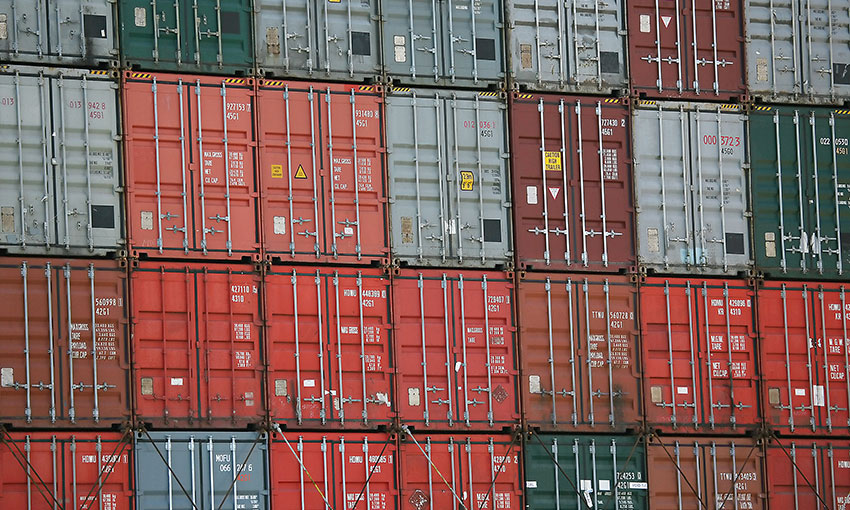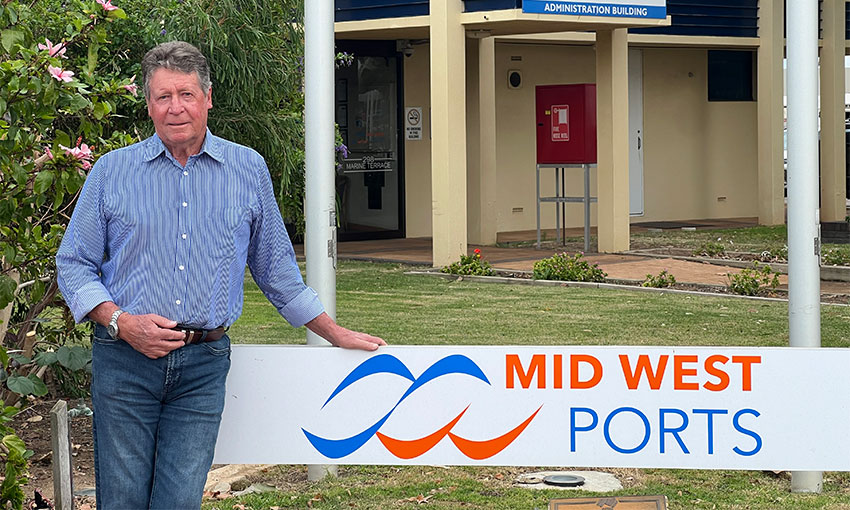PORT of Newcastle has released concept designs for stage one of the port’s Clean Energy Precinct.
The port has earmarked 220 hectares of land to develop a production, storage and export hub for future clean energy products and technologies including hydrogen and green ammonia.
The federal government is backing the project with $100 million in funding, first announced in the 2022-23 federal budget.
The port aims to begin construction of stage one in 2025 and have the precinct fully operational by 2028.
Proposed construction for stage one includes ancillary and civil works including site buildings, offices and administration facilities, internal roads, car parking, warehousing, laydown areas, storage yards, staging areas and a clean energy storage facility with associated pipeline infrastructure.
It also includes electrical infrastructure including grid connection, transmission infrastructure, substation and switchyard, and water and wastewater infrastructure including network connection and supply corridors.
Port of Newcastle CEO Craig Carmody said the port has worked for more than two years to accelerate plans for hydrogen readiness, domestic decarbonisation and clean energy export.
“The Clean Energy Precinct is a cornerstone of our diversification strategy and bringing to life, visually, for the community how we are planning to regenerate one of Newcastle’s most iconic sites to support future generations marks a significant project milestone,” Mr Carmody said.
“This project positions us for the future, providing a once in a generation opportunity to reshape the Hunter region’s energy economy and drive the development of new trade flows and industries of the future,” he said.
“Through the Clean Energy Precinct, Port of Newcastle will support all hydrogen, and clean energy projects in the Hunter by providing land, utilities, storage, transport and export infrastructure and services.”
Port of Newcastle chief commercial officer Simon Byrnes has been appointed project lead.
He said the new precinct would co-locate hydrogen producers, users and exporters in one location, while common-user shared infrastructure would reduce the cost of hydrogen.
“The establishment of Stage 1 of the Port’s Clean Energy Precinct would enable future production, storage, distribution and export of clean energy types for further development stages, including green hydrogen and green ammonia, using common user, shared infrastructure” he said.
“The precinct will support a shared regional, state and national ambition towards decarbonisation, drive innovation, foster connections, accelerate technology to market and promote jobs growth.
“Fully constructed, the project would facilitate clean energy production, storage, transmission, domestic distribution and international export.”
Federal member for Newcastle Sharon Claydon said the government’s $100-million commitment and investment in training and apprenticeships would help the local workforce take advantage of energy jobs.
“Newcastle and the Hunter have powered Australia for generations. Positioning Newcastle as a clean energy hub will ensure we continue to do so for generations to come,” she said.
Port of Newcastle expects clean energy projects supported by the new precinct to create 5800 jobs, new educational pathways and expanded economic growth.





